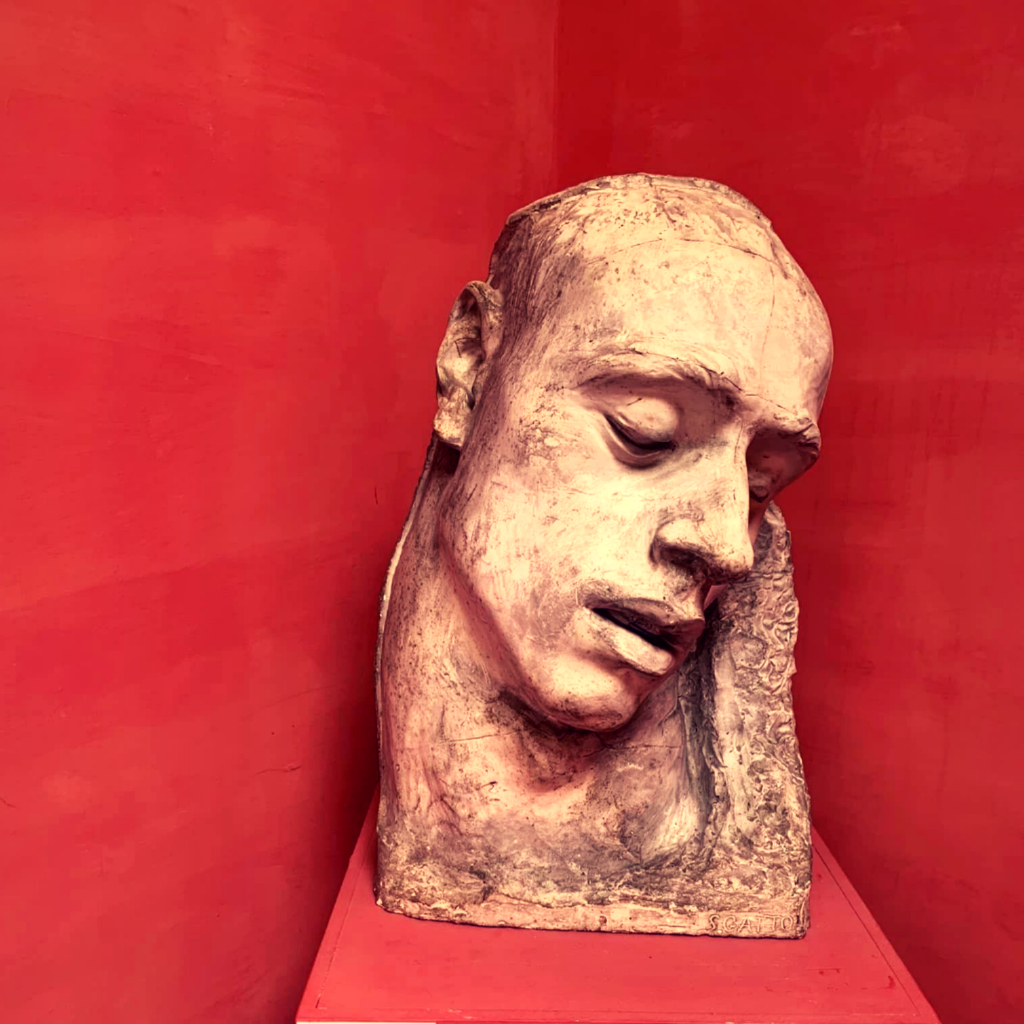Antonín Dvořák entered the history of music as one of the founders of the national Czech academic tradition and the creator of the national symphony. Dvorák made a major contribution to classical music during the second half of the 19th century with noteworthy projects and works such as the New World Symphony.
In 1891 he was awarded the honorary title of Doctor of Music of the University of Cambridge and Doctor of Philosophy of the Charles University in Prague. In the same year he was elected a member of the Czech Academy of Sciences and Arts and invited to the Prague Conservatory (1901, Director). From 1892 to 1895 he was director of the National Conservatory in New York.
Antonín Dvořák was born in the Czech village of Nelahozeves (near Prague) in the family of the owner of an tavern. The first gift he received as a child was an apron and a grinding stone. However, his road parted with the strewn family track. He devoted himself to music. Now the Museum of Czech Music rents the Dvořák House in Nelahozeves for a symbolic fee of 1 kronor a year.

He was in love with his student Josefina Cermakova, to whom he dedicated one of his vocal collections "Cypresses". But Josefina married another beau, and Antonin proposed to her sister Anna. Antonin and Anna married in 1873 and lived in marriage 31 years. They had 9 children.



In the mid-1980s, Dvořák became world-famous as the author of the "Slavonic Dances". Unfortunately, he did not have to feel the full measure of this joy, as it was during this period (1875-1877) that the composer suffered a serious personal loss - the death of his mother and three first children.

In 1892, Dvořák was invited to head the New York Conservatory. The contract at the time could have been considered brilliant: 15,000 dollars a year. The composer, still unable to cope with his grief, hesitated for a long time, but gave his consent. And then he surprised the Americans not only with his new work, but also with a symphony "From the New World", written under the impression of the Native Americans. In 1945, the United States Senate unanimously decided to use the extract from the symphony as the official anthem of the state of Iowa.
Münchner Philharmoniker
Sergiu Celibidache, conductor
Recorded 1991
Dvořák was also famous in England, where since the time of Handel established a certain tradition of creating large vocal and instrumental works. It was for England that the composer over the next ten years wrote a number of large works for choirs and soloists with orchestra. In 1883 Dvorak received a commission from England to write a major vocal-instrumental work which was to be performed at the music festival in Birmingham. Dvorak agreed to the commission. He had spoken to his librettist Marie Cervinkova-Riegrova of his intention to write an oratorio based on a theme taken from Czech history. He had considered the story of St Wenceslas or Jan Hus, but he turned to the works of Karel Jaromír Erben: he chose the ballad The Spectre’s Bride. He worked on his composition from April to November 1884 and the cantata was published by Novello the following year. Brahms was very sympathetic to Antonina Dvořák, whom he met once in Prague and loved with all his heart. He insisted that Dvorak come to Vienna and promised to help him find a job there. Dvořák refused, saying that life in Prague was much cheaper. Brahms kept insisting, "Don’t worry about it. You can count on me. The thing is, dear Antonin, that I have a fortune, but no children, and it is too late to have them in old age". Thus, the Czech composer Brahms almost "adopted". Dvořák was a very modest man, extremely devout, and fond of nature (his taste was pigeons, which he kept in his summer home), but he valued the progress of civilization. He admired locomotives and steamboats, the rhythm of life in the big cities, although he often escaped from them to the rural wilderness. The composer’s surname in the Czech Republic is in fourth place. There are 22,500 men and nearly 24,000 women with that name. In Prague, the museum of the composer is located in the Baroque summer palace Amerika on Ke Karlovu Street. The museum was opened in 1932.


